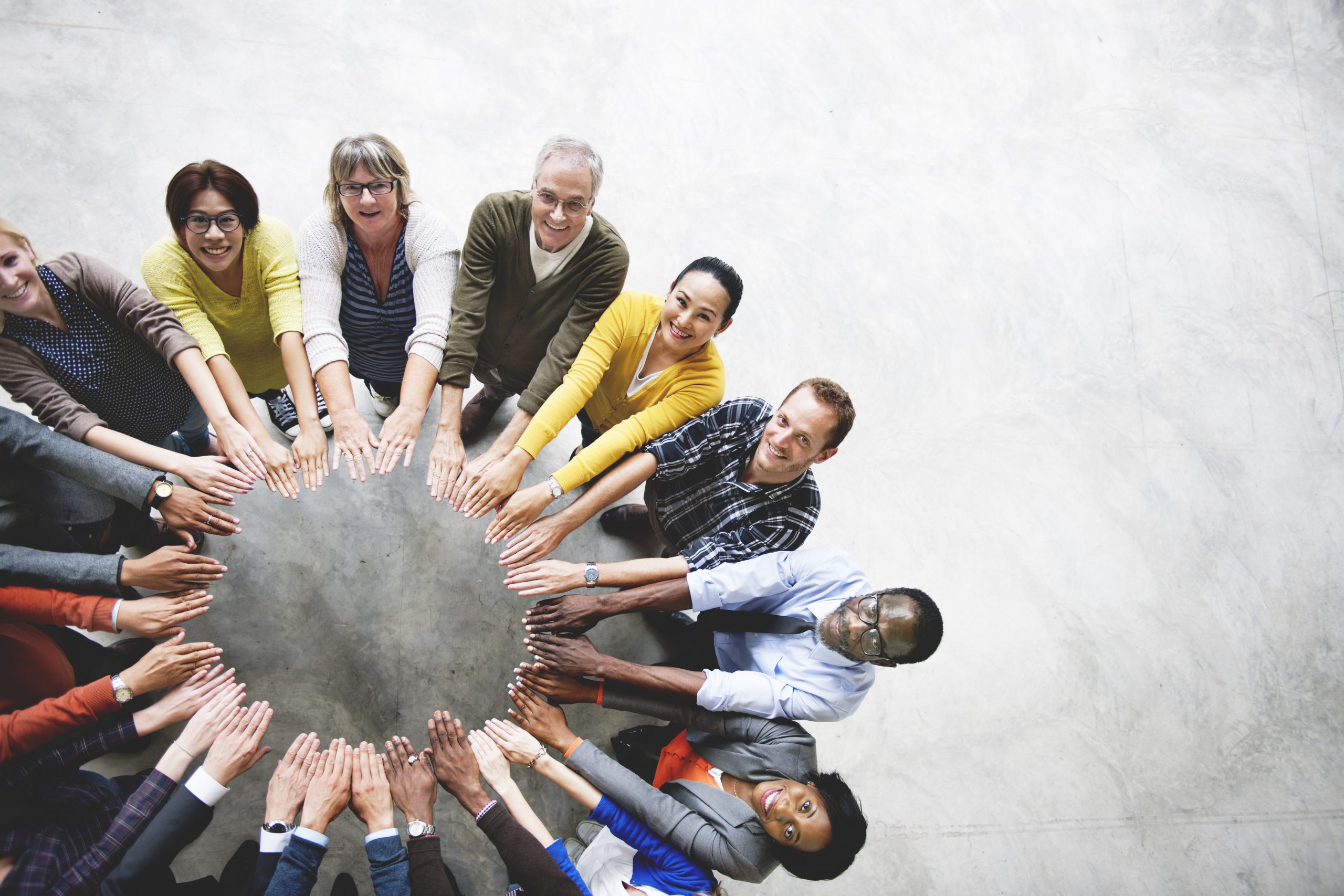Have you heard (or said) statements like these?
“I just found my soul mate … we finish each other’s sentences.”
“My best friend and I like the same things, have the same sense of humor and are just so much alike!”
“I love working with John; we agree on just about everything.”
I’m sure you get the point. We often prefer being around people who we perceive to be just like us … or at least so much like us that we don’t really have to extend any effort to understand them (or to be understood).
Unfortunately, that’s not how it is at work and in many other settings we find ourselves in on a regular basis.
Defining “We”
In the Merriam-Webster dictionary, the word “we” is defined as:
“I and the rest of a group that includes me: you and I: you and I and another or others: I and another or others not including you —used as pronoun of the first person plural”
We is a pronoun that is “first person plural.” It’s not “one person plural” (which would be multi-personality disorder). It’s not “same person plural” (which would be cloning).
First person plural means there are a group of people who are engaged together in some task or activity. First person plural means there is a group of people who act as one or who choose to share an identity. But it doesn’t mean they are all the same.
Unity Not Uniformity
We is a word that indicates there is a common thread that connects people who are each unique but, for some reason, have joined together to share an experience.
Need I use a most obvious example?
“We the People of the United States, in Order to form a more perfect Union, establish Justice, insure domestic Tranquility, provide for the common defence, promote the general Welfare, and secure the Blessings of Liberty to ourselves and our Posterity, do ordain and establish this Constitution for the United States of America.”
This Preamble to the Constitution of the United States provides a great reminder that differences exist AND we can choose to join together with those who are different from us in many ways but have a shared role, goal or watering hole.
Look in the Mirror
So this week at work, or in your community, take a look around. Are you surrounded by near-duplicate versions of yourself? Or do you surround yourself with people who are different in many ways?
Do you tend to identify with “we” as being engaged with many versions of yourself? Or do you experience “we” as a kaleidoscope of differences coming together for a common good?
You and I are different. And unique. And valuable.
Let’s combine our talents, our gifts, our perceptions and our experiences in order to demonstrate the powerful transformational journey from “me and you” to “we.”
Source: Excerpted from the Book “Mine to Do: Responding to Race-Based Hatred and Violence”©Tracy Brown. All rights reserved. ISBN13: 978-1-889819-44-0
Tracy Brown is a nationally recognized expert whose clients rely on her advice about leadership development, diversity strategy and employee engagement. Her company, Intentional Inclusion, Inc. has provided training to more than 450,000 people and she has been featured in HR Magazine, Money Magazine, Dallas CEO, Texas Business Monthly and many other publications. She also serves as HAR’s diversity and inclusion consultant.


